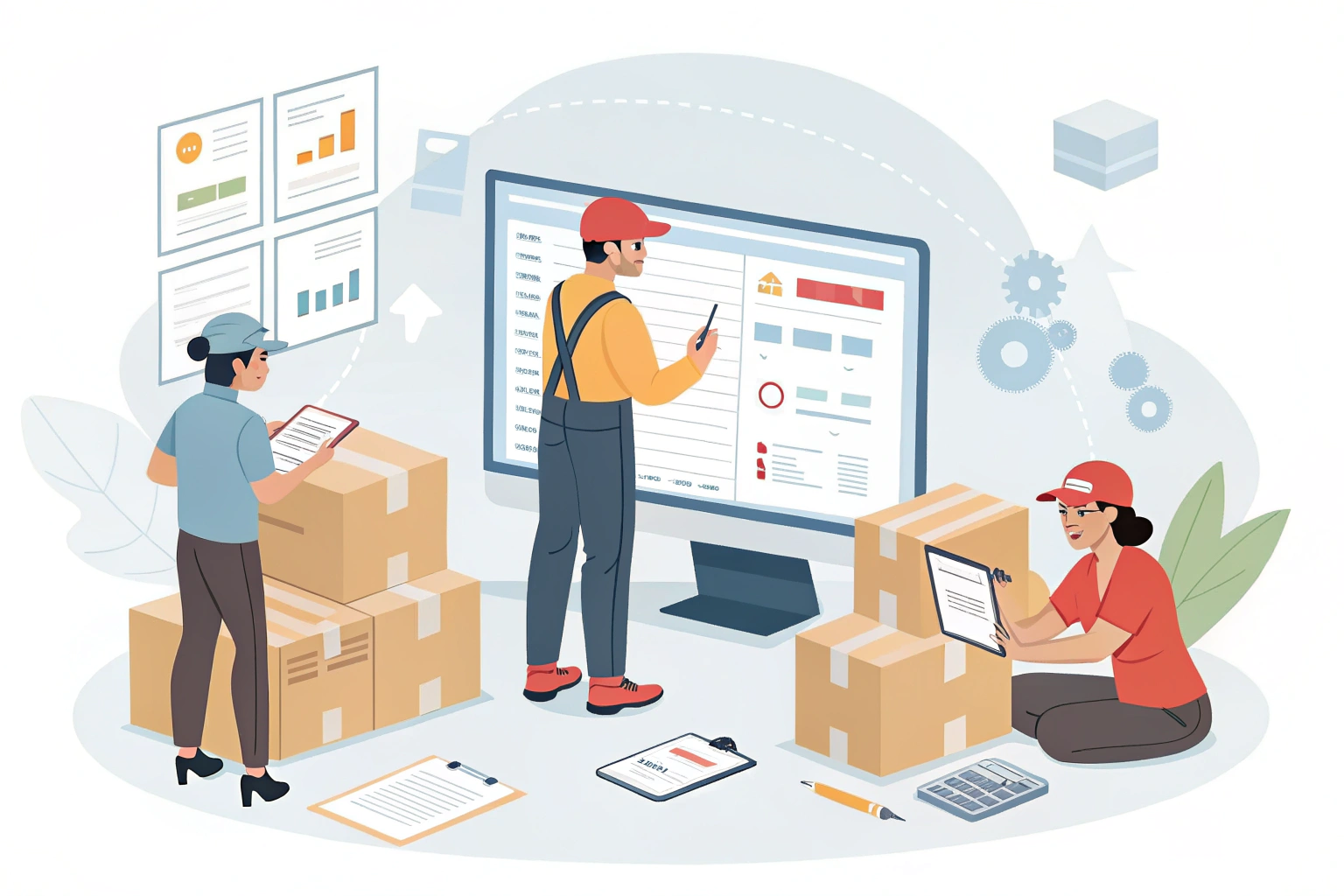For global e-commerce sellers, 2025 presents a new level of uncertainty. Tariff rates are shifting across key markets like the U.S., EU, Indonesia, and Brazil—impacting everything from clothing to electronics. Without proactive planning, sellers risk losing margins, delaying deliveries, or even violating customs rules.
This guide explains how e-commerce brands can navigate 2025 tariff updates with confidence. From real-time tracking to HS code strategy, fulfillment zone placement, and Incoterm adaptation, we break down the tools you need to stay compliant and cost-effective.
At GeeseCargo, we help hundreds of digital-first brands respond quickly to tariff changes with agile logistics solutions and preemptive cost simulations.
How Can E-Commerce Sellers Monitor Tariff Updates in Real Time?
Tariff rules can change overnight—especially during trade disputes or policy revisions.
To avoid unexpected costs, e-commerce sellers must subscribe to tariff monitoring tools and partner with freight forwarders that issue early alerts.
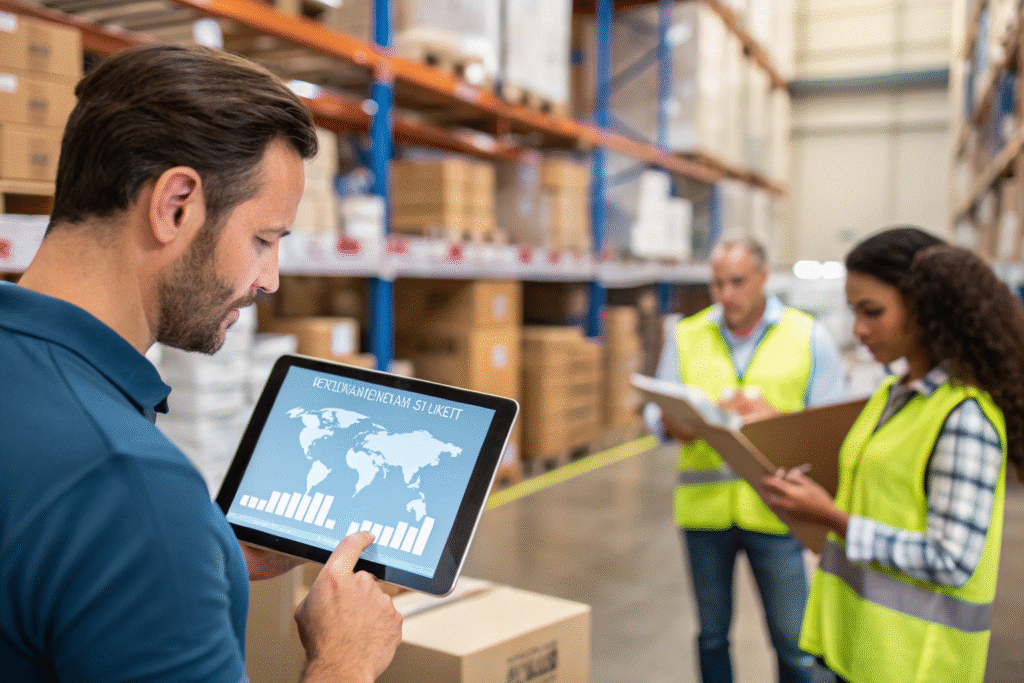
Which Tools Track Tariff Changes?
These platforms alert you when duty rates, tax codes, or import rules change for your specific HS code and country route.
How Can Freight Forwarders Help?
GeeseCargo monitors tariff policies in all major markets and sends alerts to our clients when thresholds change. This allows sellers to reroute, reclassify, or delay shipments until new rates stabilize.
What Should You Do If Your Product Is Suddenly Tariffed?
When tariffs spike, sellers must act fast to protect their inventory and margins.
Immediate steps include validating your HS code, checking for FTA coverage, and reviewing Incoterm contracts to reassign tax responsibility.
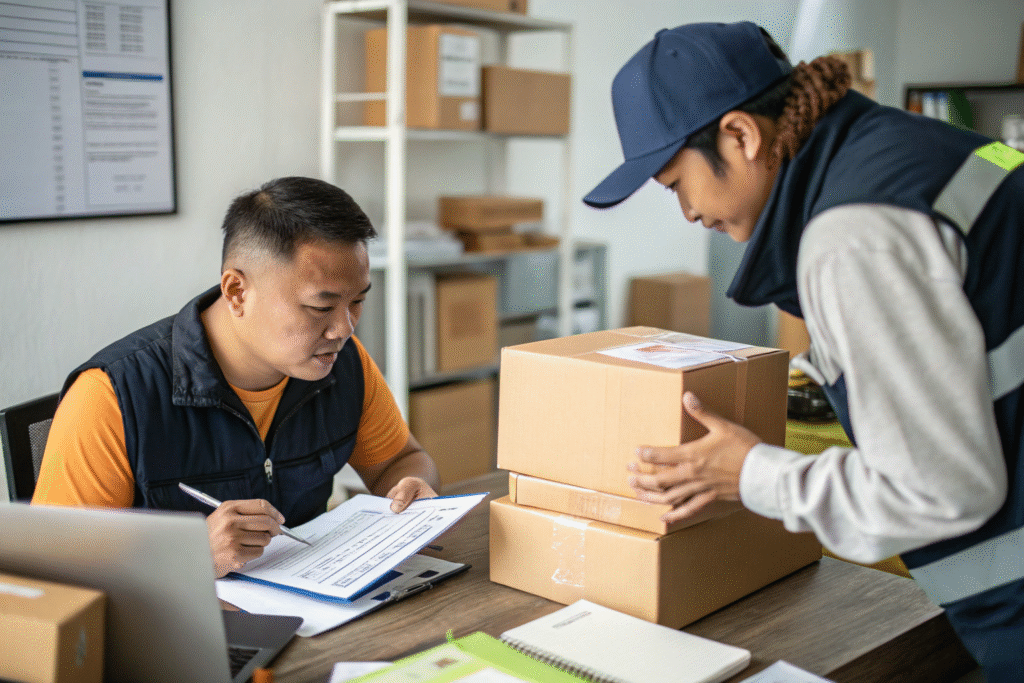
Can HS Code Reclassification Help?
Yes. Reclassifying a product into a more accurate or lower-duty code can cut costs. Example: accessories vs. fashion parts. But this must follow customs guidelines and be supported by documentation.
Use WCO HS Tools or request support from customs brokers.
Can You Delay or Reroute the Shipment?
If duties become prohibitively high, it may be more cost-effective to:
- Ship to a bonded zone warehouse
- Hold the shipment at origin
- Send it to an alternative market (e.g., EU instead of U.S.)
GeeseCargo helps clients simulate the impact of each option.
How Do Incoterms Impact Tariff Responsibilities?
In e-commerce fulfillment, who pays the tariff depends on your Incoterm.
Under DDP (Delivered Duty Paid), the seller pays all import costs. Under DAP (Delivered at Place), the buyer handles them. Picking the wrong one can erode your profit.
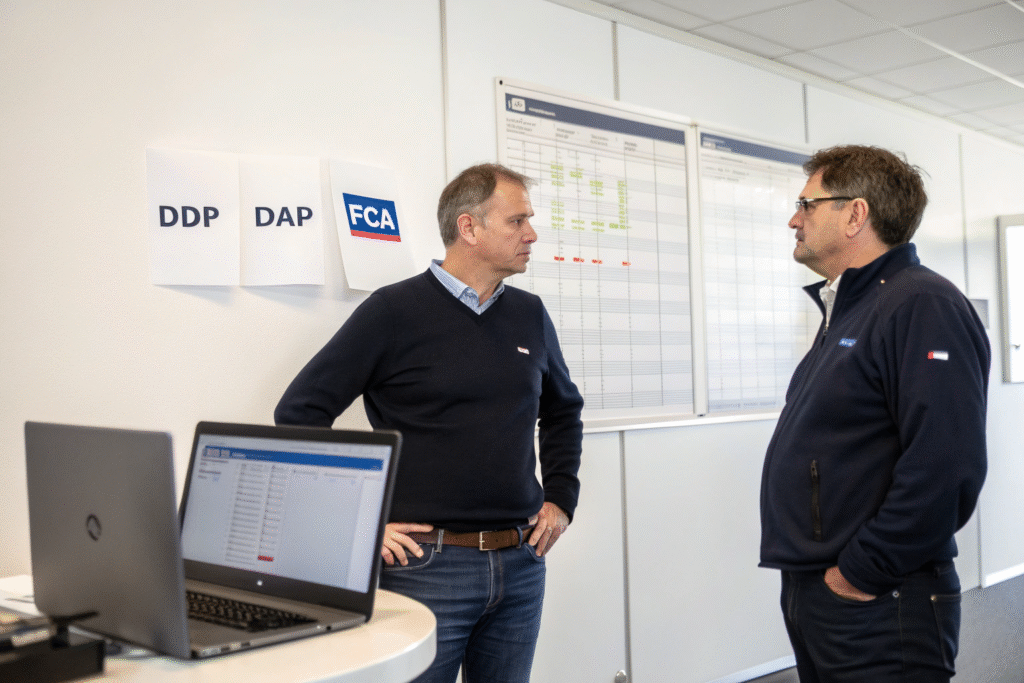
Should You Stop Using DDP in 2025?
Not necessarily. But use it carefully. DDP is ideal for markets with stable tariff policies, like the EU. For volatile markets like Indonesia or Brazil, DAP or FCA offers more flexibility.
Compare terms at Incoterms 2020 Guide.
When Is FCA a Better Fit?
FCA lets the seller deliver goods to a forwarder or warehouse without being responsible for import tariffs. The buyer handles everything post-export. This is ideal for B2B buyers who manage customs locally.
What Fulfillment Strategies Can Offset Tariff Risk?
Smart fulfillment can absorb tariff shocks before they hit your bottom line.
Use bonded facilities, zone-skipping models, and distributed inventory to minimize exposure and redirect shipments if tariffs change mid-transit.
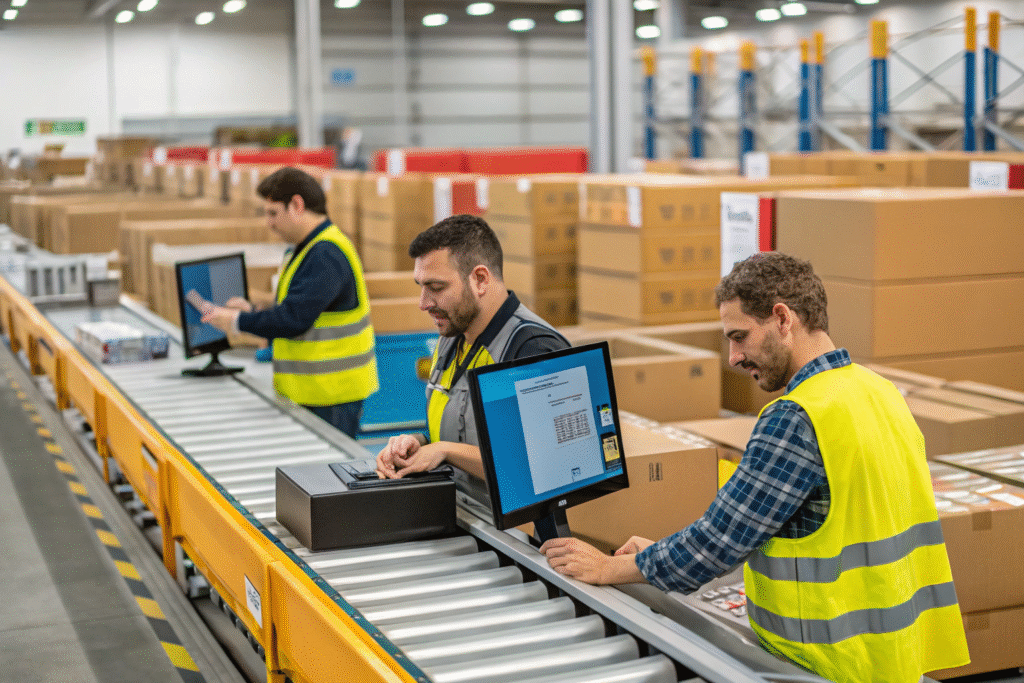
Should You Use Bonded Warehouses?
Yes. Bonded warehousing delays import duty until goods are cleared for final sale. This protects your brand when shipping to:
- High-tax destinations
- Markets with changing policies
- Pre-sale or bulk fulfillment models
Explore PKFZ Malaysia, Vietnam’s VSIP, or U.S. FTZs for options.
Can You Use Multi-Country Fulfillment?
Sellers can stage goods in multiple regional warehouses. If tariffs spike in one country, redirect orders to a lower-duty location nearby.
This works well in:
- ASEAN (Vietnam, Malaysia)
- EU (Netherlands, Poland)
- NAFTA (Mexico for U.S.)
How Do E-Commerce Sellers Communicate Tariff Changes to Customers?
Tariff changes often force pricing or delivery time adjustments. Don’t leave your customers confused.
Communicate clearly through storefront banners, checkout notes, and post-order emails when duties might affect pricing or delivery.
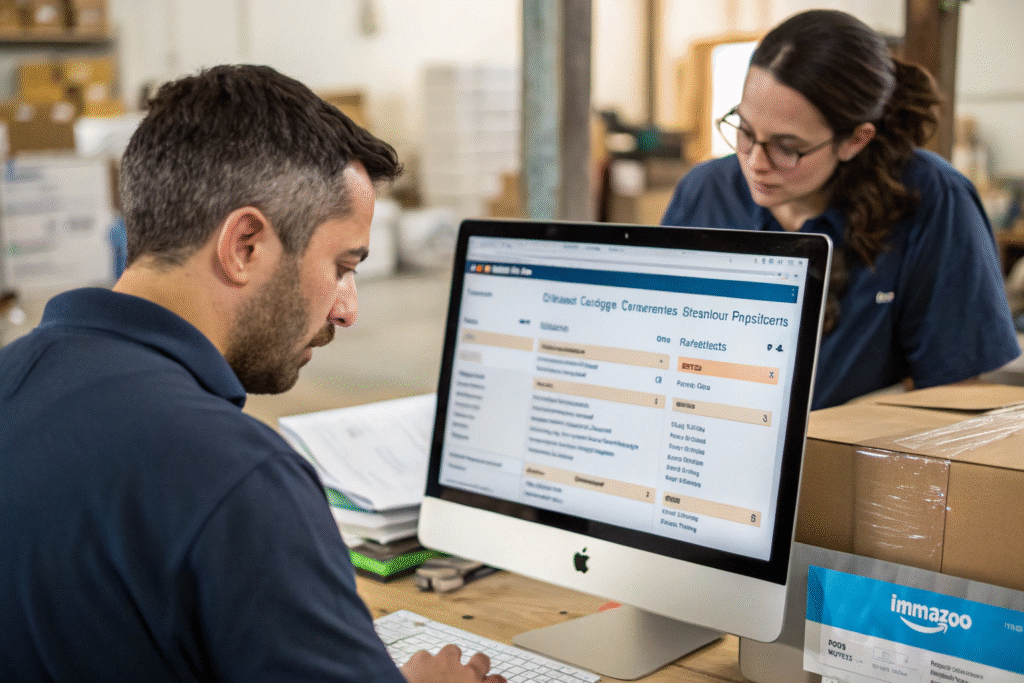
What Tools Can Help?
- Zonos – calculates real-time duties and taxes
- EasyShip – adds delivery duty visibility at checkout
- Shopify Markets Pro – supports localized tax compliance
Can You Include Duties in Retail Price?
Yes, many sellers prefer DDP-style pricing where duties are prepaid and embedded in product price. This enhances trust but requires good forecasting.
GeeseCargo helps simulate landed cost per SKU so you don’t undercharge.
Conclusion
Navigating tariff updates in 2025 doesn’t require guesswork—it demands a playbook. By tracking changes in real time, optimizing classification, using smart Incoterms, and designing flexible fulfillment models, e-commerce brands can absorb tax shocks and keep profits steady.
At GeeseCargo, we help sellers monitor duty changes, reconfigure fulfillment in days, and maintain competitive delivery speeds. Want a simulation of your product’s tariff exposure this year? Contact Ben Zhu at benzhu@geesecargo.com today. We’ll help you ship smart, no matter where the rules go next.
